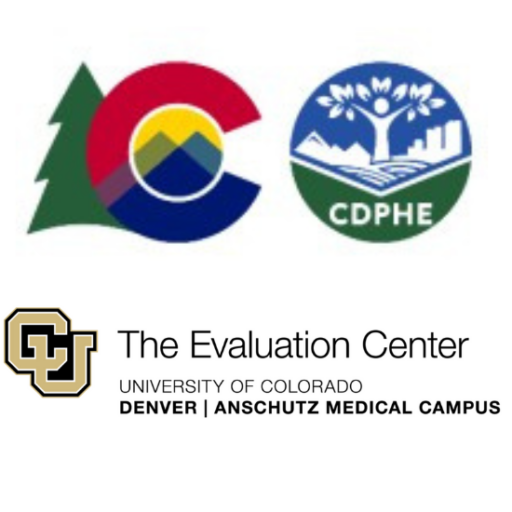Getting Started
In this step you will:
Bring together a project team.
Gather available data.
Discuss available data with the project team.
Develop a project plan.
Getting Started
Click the arrow ( ![]() ) symbol next to each section to expand and learn more.
) symbol next to each section to expand and learn more.
Bring together a project team.
- Meeting times: Choose when and how often to meet. Meeting consistently can help build and maintain momentum.
- Consider capacity: Be as realistic as possible about the time needed to participate and recruit additional team members if needed.
- Diversity as strength: Be thoughtful about representation on the team. Having diverse perspectives present will ultimately help in choosing an intervention that reaches as many people as possible.

Consider referring to additional resources as your project team gets started. The Substance Abuse and Mental Health Services Administration (SAMHSA) created a Strategic Prevention Framework that provides a guide to plan, implement, and evaluate data-informed prevention programs.
Check in on the project team’s familiarity and preparedness to practice cultural competence and humility. Having the ability to communicate and work with people across differences like ethnicity, race, tribal affiliation, political affiliation, age, and religion will benefit the project team and community and lead to more effective prevention programming. This guide on Cultural Competency and Humility offers resources for practice across fields. To understand how cultural competency may be practiced within prevention work, consider SAMHSA’s guide on incorporating it into the Strategic Prevention Framework (SPF).
Gather available data.
Data are everywhere. Exploring existing data helps to understand the larger community context surrounding the prevention issue of interest and shows what is known (and unknown) about the issue on the local level. Many state and federal agencies make the data they collect available publicly to help inform community work. Sometimes these data are available on a dashboard where users can apply various filters to look at the questions, populations, and years of interest.
Consider how data at the local (county level), state, and national level may help to understand the issue and contextualize how policy, practice, and culture can vary across these levels to impact the issue. Identify questions to guide the search for existing data. How does this issue impact certain populations differently (adults, youth, marginalized populations, etc.)? How has consumption changed over time? How many people are impacted and in what ways? What are the consequences of this impact?
As you collect, organize, and make visuals of the relevant data, think about the major takeaway points that can initiate conversations within the project team. Make sure those takeaways are clearly communicated in the slides, visuals, or talking points prepared.
Note that across cultural contexts data and data collection can have different meanings and histories that affect a group’s relationship to data. Special care and consideration must be taken when building data systems and processes with Native Americans to uphold indigenous data sovereignty, which is “the right of a nation to govern the collection, ownership, and application of its own data. It derives from tribes’ inherent right to govern their peoples, lands, and resources” (source). Taking the time to build relationships and trust is a critical first step in collaborating with individuals from communities who have experienced and continue to experience violence in data collection and use. The Collaboratory for Indigenous Data Governance has additional resources for practice.

For our project, we collected data from statewide and national surveys on youth and adult cannabis consumption, prevention funding data, and population-level data and designations.
Here’s a list of data sources we used:
- Youth cannabis consumption – Healthy Kids Colorado Survey (Youth Risk Behavior Surveillance Survey)
- Adult cannabis consumption – Behavioral Risk Factor Surveillance System
- Prevention funding – Program-level data from specific grantor agencies, like CDPHE
- Population-level data – U.S. Census Bureau
- Population-level geographic designations – Colorado Rural Health Center, County designations

For more ideas about where to find the data that may help your project team understand your community’s prevention issue, check out publications from Colorado’s State Epidemiological Outcomes Workgroup (SEOW) and this resource from the National Academy for State Policy that explains best practices for data collection and use in the context of prevention.
Accessing public data may be challenging for rural communities for a variety of reasons, as this report on rural data describes. To gain access to available data and problem solve when data are unavailable, consider this series of questions.
Discuss available data with the project team.
Now that data have been gathered and organized into visuals, bring together the project team to discuss the data. Share the major findings with the group to develop a shared understanding of the larger context of the issue.
Have some discussion questions prepared, for example:
- What findings stood out to you? Why?
- Were there any themes or patterns you noticed?
- What data or perspectives are missing?
- What do we want to learn more about?
If there are any findings that seem contradictory, explore those together. That may be an area to discuss with community members during the needs assessment.
Develop a project plan.
With a project team in place and a shared understanding of what is known about the issue, the next step is to develop a project plan. There are many ways to plan a project and many tools available to assist you. In this toolkit we wanted to highlight three core pieces of a project plan that were essential to our success:
1. Timeline:
Establish a project timeline that identifies the various phases of the project and accounts for the preparation and implementation of each phase. Be realistic about your time and factor in buffers where possible. Revisit and update the timeline as needed.
2. Capacity:
Carefully consider staffing, outreach, and funding capacity of the project team. Assess project team members’ available time and skillsets to ensure that realistic expectations are set. Local prevention projects are outreach intensive, and outreach is time intensive. Account for the time and energy needed to give a strong outreach effort as it is foundational to community engagement and implementing a community-driven process. Lastly, consider funding capacity and the efforts that will realistically be covered while providing living income to the project team and incentives to community members involved.
3. Goal Setting:
Identify short- and long-term goals to help motivate your work and determine if your team is accomplishing what it set out to do. Depending on the length of the project, short-term goals may take weeks or months to accomplish, while long-term goals can take years. Establishing goals early on and revisiting them as a project team can also help to ensure the tasks and project overall stay on track and aligned with the original intention.
